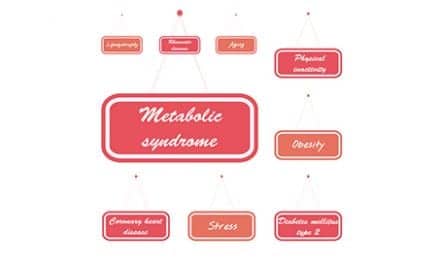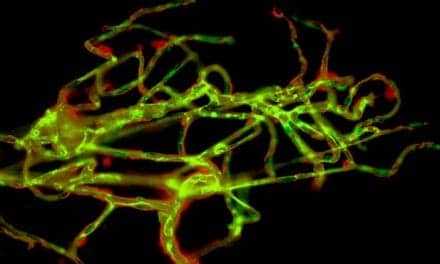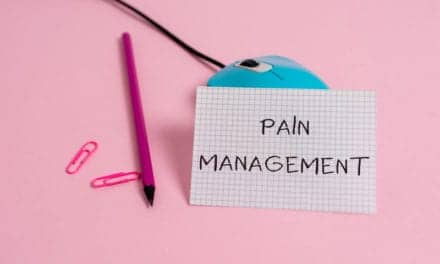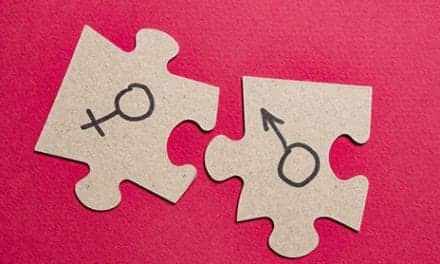There is a significant linear increase in back pain, specifically in the lower back as kids age from 10 to 18-years-old, Peter D. Fabricant, MD, MPH, suggests in a recent study.
The study, presented at the 2019 Annual Meeting of the American Academy of Orthopaedic Surgeons (AAOS) highlights the frequency of back pain in children and adolescents.
In the study, Fabricant—an orthopaedic surgeon at the Hospital for Special Surgery in New York City—and his colleagues surveyed a representative cohort of children and adolescents across the United States and documented the findings.
The subjects were equally split by age and sex, and proportionally representative of the population of state of residence, race/ethnicity, and health insurance status as determined by census data.
After outlier subjects with an unusually high or low height, weight, or BMI were excluded (in order to eliminate outlier responses), 3,669 participants were included in the final analysis, explains a media release from the American Academy of Orthopaedic Surgeons.
Among the findings of the research:
- Back pain is common in children and adolescents, and the incidence of children who experienced pain in the past year increases linearly with age (about 4% for each year of age).
- Of the cohort, 33.7% (n=1,236) had some episode of back pain in the previous year and only 40.9% of this group sought treatment such as physical therapy (44%), massage therapy (33.9%) and chiropractic treatment (34.1%).
- While back pain is common in children and adolescents, it very rarely requires invasive treatment such as injections or surgery, as less than 5% (n=23) of the 40.9% who sought treatment needed surgical or procedural intervention.
- Females reported more back pain (38%) compared to males (29%) in the previous year and, among both groups, lumbar back pain was the most common at 68.9%.
“While adult back pain has been widely quantified and studied, there has been little research looking into similar effects on children and adolescents,” Fabricant says, in the release.
“We know that it’s a real issue affecting kids, and this study allowed us to collect a vast amount of data and provide a high-level analysis. Now we can use these results to further study specific activity-based, physiological, and psychosocial contributors to back pain in this population.”
[Source(s): American Academy of Orthopaedic Surgeons, PR Newswire]





